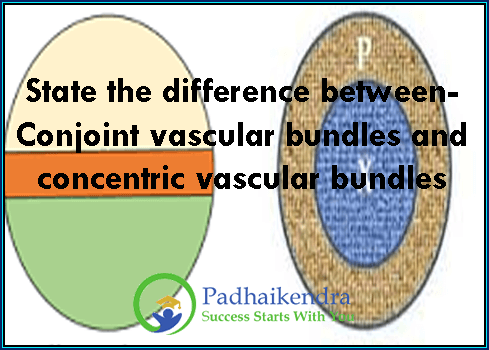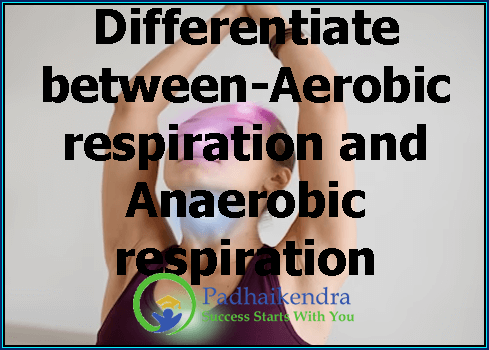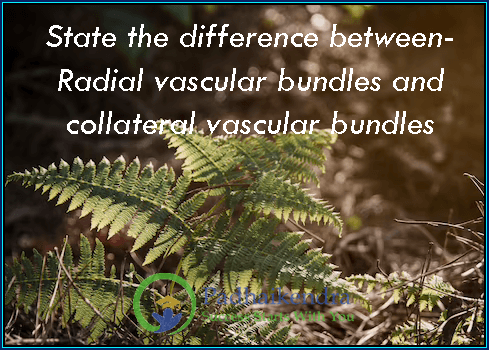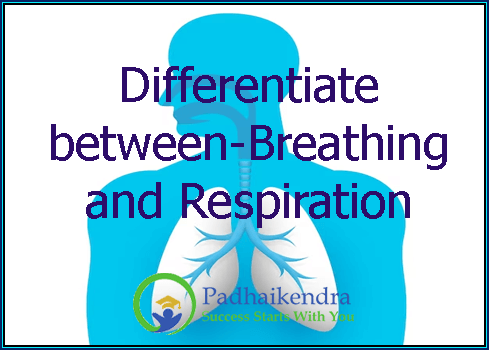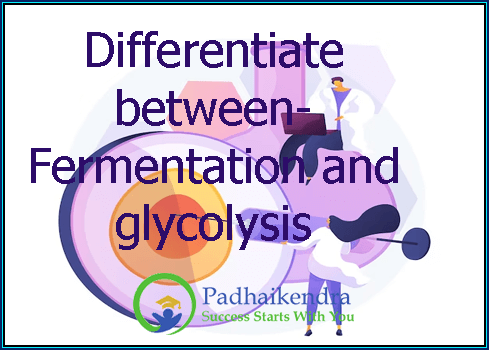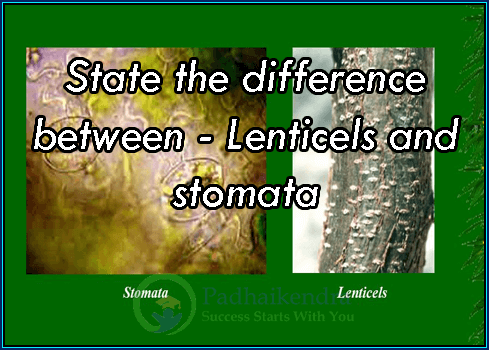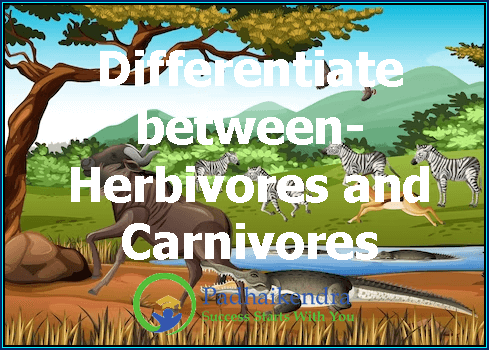State the difference between -Conjoint vascular bundles and concentric vascular bundles
Conjoint and concentric vascular bundles refer to the arrangement of the different tissues that make up the vascular bundles in plants. Conjoint vascular bundles have phloem and xylem tissues arranged adjacent to each other, forming a cylindrical structure. The cambium layer is present between these two tissues. Conjoint vascular bundles are typical of dicotyledonous plants. …
State the difference between -Conjoint vascular bundles and concentric vascular bundles Read More »

